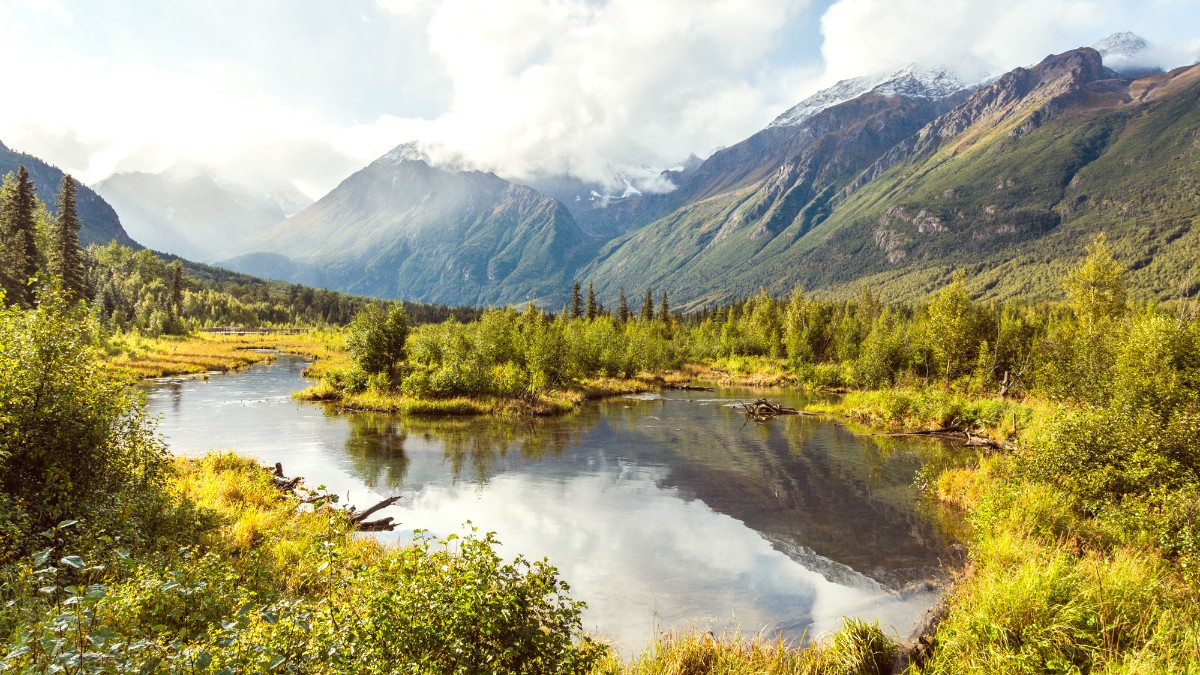
The Southwest, Bolivia
Dry Season (May to October): This period features clear skies and plenty of sunshine. Nights are very cold, often falling below 0°C (32°F), with June and July seeing drops to -15°C to -20°C (5°F to -4°F). Daytime temperatures range from 10°C to 20°C (50°F to 68°F). Rainfall is minimal, and humidity levels are very low.
Wet Season (November to April): Rain is more probable, specifically from January to March. Daytime temperatures are warmer, from 15°C to 22°C (59°F to 72°F). Nighttime temperatures rarely fall below 0°C (32°F), typically staying between 0°C and 5°C (32°F to 41°F). Rainfall can cause flooding, making some parts of the salt flats hard to access. Humidity is slightly higher than during the dry season but remains low overall.
Dry & Popular
Minimal rain, consistent sunshine, generally accessible roads, clear blue skies for excellent photography.
Very cold nights, higher tour and accommodation prices, more crowds.
Transition & Variable
Fewer crowds, moderate daytime temperatures, potential mirror effect (Apr/May) with less heavy rain.
Weather variability, very cold nights possible (Apr-Jun), rain can start in November impacting mirror reliability.
Wet & Mirror Effect
Best chance for the "mirror effect" phenomenon, warmer nights.
Higher chance of heavy rainfall, potential tour cancellations or route changes, some areas may be flooded.
Uyuni sits at about 3,656 meters (11,995 feet) above sea level. Acute Mountain Sickness (AMS) is a consideration regardless of the season. Acclimatization is important for a smooth experience.
High altitude and clear skies bring extremely high UV radiation. Sun protection is very important. Winds can be strong, especially on the open salt flats, which can make the air feel colder.
January to March (wet season) for the best chance.
May to October (dry season) for full accessibility to all tour circuit points and reliable travel conditions.
Dry season (May to October) due to clear skies and minimal cloud cover.
Wet season nights are warmer, but the dry season offers consistent clear weather.
Shoulder season for fewer crowds and a good balance of conditions.
Entry requirements for Bolivia vary significantly based on your nationality. Check the most current information from an official Bolivian embassy or consulate well before your trip.
Many countries, including most of South America, European Union, Australia, New Zealand, and Canada, are visa-exempt for tourist stays of up to 90 days.
Make sure you have these documents ready:
Ensure smooth entry by preparing all necessary documents in advance:
Bolivia presents options for all budget levels.
The local currency is the Bolivian Boliviano (BOB), symbol Bs. The approximate exchange rate is 1 USD ≈ 6.9 BOB, but this can fluctuate. US Dollars are widely accepted and easily exchanged in major cities like La Paz, Santa Cruz, and Uyuni town. ATMs are available in Uyuni town but can be unreliable or run out of cash, especially on weekends. Carrying enough Bolivian Bolivianos and some US Dollars is a good practice. Use clean, new bills for USD. Smaller denominations are useful for daily purchases.
Credit/Debit Cards are accepted in larger hotels and restaurants in major cities. They are less accepted in Uyuni town and almost never on multi-day tours. Tour operators generally prefer cash payments.
A daily budget for accommodation, meals, and local transport, excluding major tours.
Estimated Daily Cost: $14 - $29 USD
Accommodation: $7 - $14 (hostel dorm)
A daily budget for accommodation, meals, and local transport, excluding major tours.
Estimated Daily Cost: $43 - $72 USD
Accommodation: $22 - $50 (private room)
A daily budget for accommodation, meals, and local transport, excluding major tours.
Estimated Daily Cost: $115 - $215+ USD
Accommodation: $72 - $215+ (high-end hotel)
| Category | Range (USD) | Details |
|---|---|---|
| Uyuni 3-day Tour (total) | $130 - $720+ | Basic shared to private, excluding park fees/tips. |
| Meals (per person) | $2 - $22+ | Street food to high-end restaurant. |
| Attractions/Fees | $4.50 - $22 | Eduardo Avaroa Reserve, Incahuasi Island, small local fees. |
The high altitude and remote nature of the region call for specific precautions.
If arriving from or passing through Yellow Fever risk countries. Get this at least 10 days before travel.
Especially if spending time with animals or in remote areas. Routine vaccinations should also be current.
Discuss your travel plans and medical history with your healthcare provider.
Very common due to high altitude.
Symptoms: Headache, nausea, dizziness, fatigue, shortness of breath, difficulty sleeping. Can progress to more severe forms.
Prevention: Acclimatize by spending 1-2 days in La Paz or Potosí before Uyuni. Hydrate generously (2-3 liters/day), avoiding alcohol and too much caffeine. Eat light meals and avoid strenuous activity for the first 24-48 hours. Chewing coca leaves or drinking coca tea is a traditional remedy. Discuss prescription medications like Diamox (Acetazolamide) with your doctor.
Other common health concerns: Dehydration, sunburn/UV damage, and traveler's diarrhea. Always carry a Reusable water bottle, use High SPF sunscreen, and consume only bottled or purified water. Carry Diarrhea relief medication.
Uyuni town has basic medical facilities, but major cities like La Paz and Santa Cruz offer better-equipped hospitals.
Police: 110, Fire: 119, Ambulance: 160. Response times can be slow in remote areas.
Available in Uyuni town for basic medications.
Uyuni town is generally safe during the day. Violent crime against tourists is rare.
Comprehensive travel insurance is very valuable. It should cover:
Emergency medical treatment and medical evacuation (especially important for high-altitude emergencies).
Trip cancellation or interruption, lost or stolen luggage.
Adventure activities (confirm the policy covers high-altitude trekking and 4x4 tours). Consider World Nomads or SafetyWing.